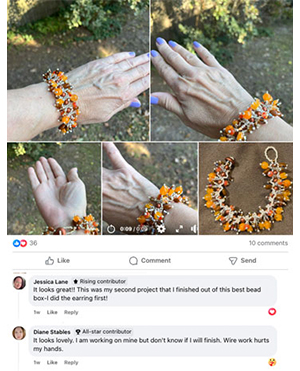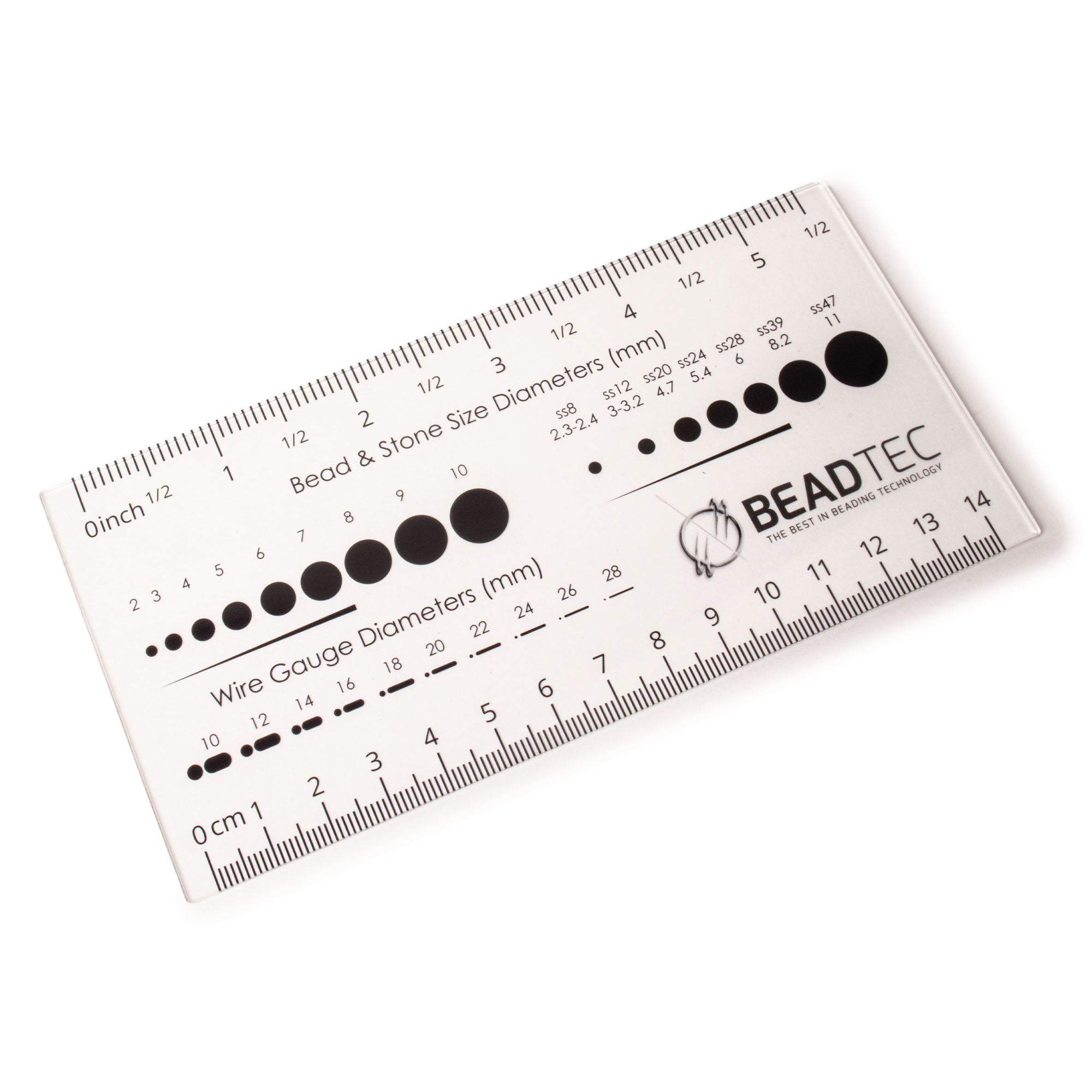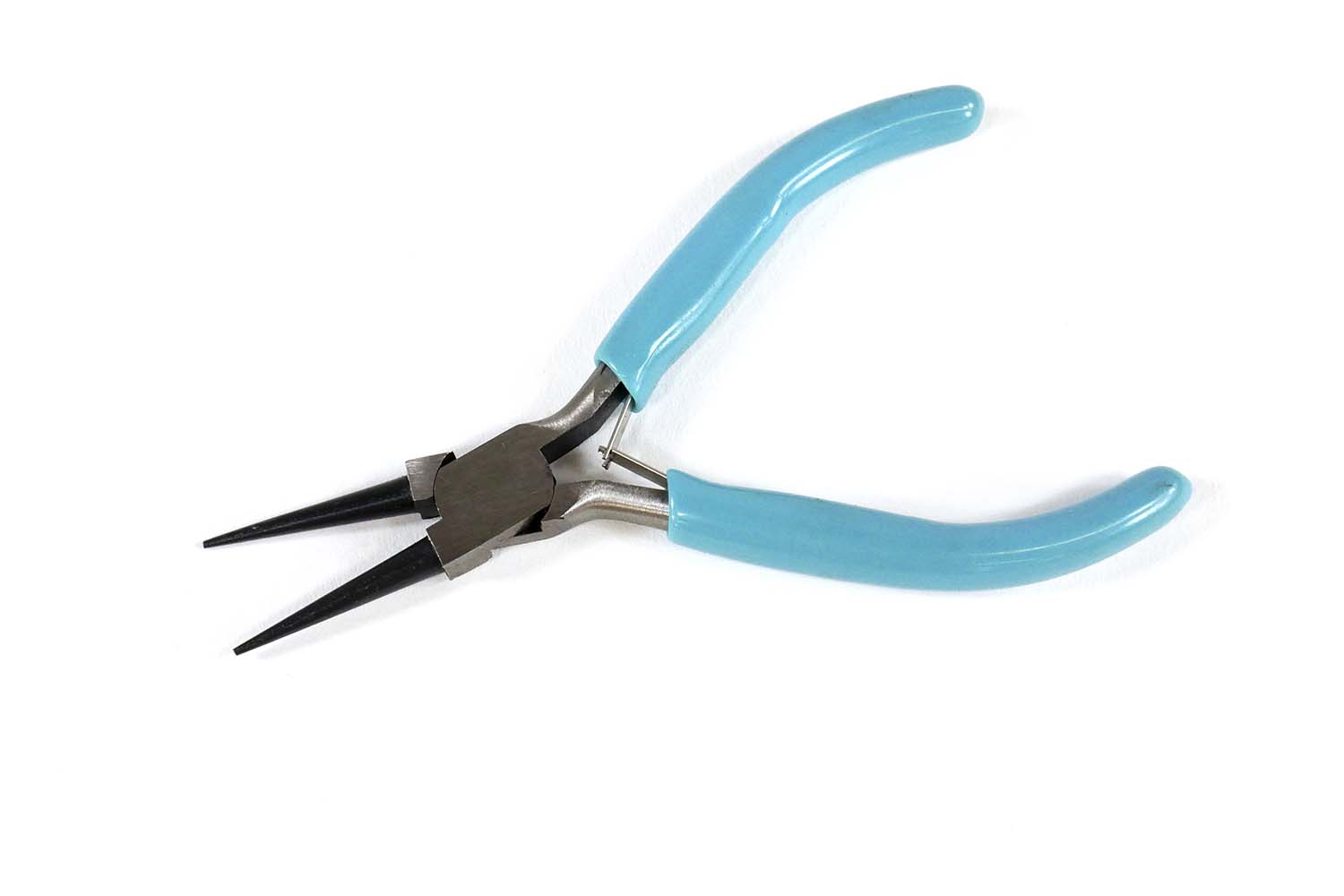- Jewelry-Making Supplies ▾
Design Jewelry with Confidence!
Seed Beads
Thread, Wire, & Stringing Materials
Athenacast Findings & Components
Everything Else
- Kits & Collections ▾
Assemble Your World
Kits & Collections
- Subscriptions ▾
Want monthly Beading Happiness?
Subscriptions
- Learn to Make ▾
Want to learn more?
- Discounts & Deals ▾
Explore Today's Promotions!
- Jewelry-Making Supplies
- Kits & Collections
- Subscriptions
- Learn to Make
- Discounts & Deals
-
Seed Beads
Thread, Wire, & Stringing Materials
Findings & Components
Everything Else
-
Kits & Collections
-
Subscriptions
- Home
- How to Make Jewelry
- Better Beader Episodes
- How to fix a broken bead
How to fix a broken bead

Watch the Video Tutorial
Watch the Video Tutorial
Need Any Extra Materials?
Need Any Extra Materials?
Need Any Extra Materials?
Need Any Extra Materials?
Episode Transcript
Episode Transcript
Introduction
Have you ever been working on a beading project and accidentally broken a bead? It can be frustrating, especially if it's a unique or expensive bead. In this Better Beader episode from Potomac Beads, Allie and Karla share their tips and tricks for fixing broken beads and salvaging your beading projects.
In this article, we'll provide a step-by-step guide based on the techniques demonstrated in the episode, so you can confidently repair your broken beads and continue creating beautiful jewelry pieces.
Materials Needed
- Broken bead(s)
- E6000 adhesive or other strong, clear glue suitable for jewelry making
- Toothpick or small applicator for applying glue
- Tweezers for handling small bead pieces
- Bead mat or other work surface to protect your workspace
Step-by-Step Tutorial
- Assess the broken bead and determine if it can be repaired. If the bead has broken into multiple small pieces, it may be too challenging to fix.
- Gather the broken pieces of the bead and arrange them on your work surface to see how they fit together.
- Using tweezers, carefully pick up the broken pieces one at a time and apply a small amount of E6000 adhesive to the edges using a toothpick or applicator.
- Tip: Less is more when it comes to glue. Start with a small amount and add more if needed to avoid excess glue seeping out and affecting the appearance of the bead.
- Press the glued edges of the bead pieces together, making sure they align properly to restore the original shape of the bead.
- Hold the pieces together for a few seconds to allow the glue to set initially.
- Carefully place the repaired bead on your bead mat or work surface and allow it to dry completely according to the glue manufacturer's instructions (usually 24-72 hours).
- Tip: Avoid touching or moving the bead during the drying process to ensure a strong, seamless bond.
- Once the glue has fully cured, check the repaired bead for any rough edges or excess glue. If needed, carefully sand down any rough spots with a fine-grit sandpaper or nail file.
- Your repaired bead is now ready to be incorporated back into your jewelry project!
Customization Ideas & Inspiration
- If the broken bead is part of a multi-bead design, consider replacing it with a different bead in a complementary color or texture for added visual interest.
- For a unique look, try combining parts of different broken beads to create a one-of-a-kind "frankenstein" bead.
- If the break is too severe to repair invisibly, embrace the imperfection and highlight it as a design feature by adding embellishments or wrapping the bead with wire or thread.
Conclusion
With these simple steps and tips from the Better Beader episode, you now have the knowledge and confidence to fix broken beads and rescue your beading projects. Remember to work carefully, use the right adhesive, and allow plenty of time for the glue to dry completely for the best results.
We'd love to see your repaired bead creations! Share photos of your fixed beads or ask any additional questions in the comments below. For more helpful beading tips and techniques, be sure to check out other episodes in the Better Beader series from Potomac Beads.
Join Our Growing Community
Join Our Growing Community




Our Testimonials
Our Testimonials
- 56036 (83.7%)
- 4816 (11.3%)
- 3299 (4.1%)
- 232 (0.4%)
- 126 (0.4%)
- Favorite Reviews
- Highest to Lowest
- Newest to Oldest
- All Ratings
- 5 ★ Reviews
- 4 ★ Reviews
- 3 ★ Reviews
- 2 ★ Reviews
- 1 ★ Reviews
The website is easily navigable and I like the option to omit out-of-stock items from turning up in searches. My orders are always processed promptly and well packaged for shipping. On the rare occasions that I receive an incorrect item I have always been fully satisfied by its resolution. Potomac has long been one of my favorite vendors and they often have things I can't get anywhere else. One thing I wish they would do is put the manufacturer item code (like TR-08-999 or DP-401FR) on the label, since sometimes name of a finish will get changed; it would make it easier to find the same color again since the color code stays the same.
Loading...
Only Visible on Admin Mode
Item Description
Designer's Material List
Project Steps
Highest Quality
Products
100% Money
Back Guarantee
Fast
Shipping
Best Teaching &
Customer Service
You'll want these emails...
Get Free Projects & Inspiration
Get Free Projects & Inspiration
- Bullet 1
- Bullet 2
- Bullet 3
Copyright © PotomacBeads









